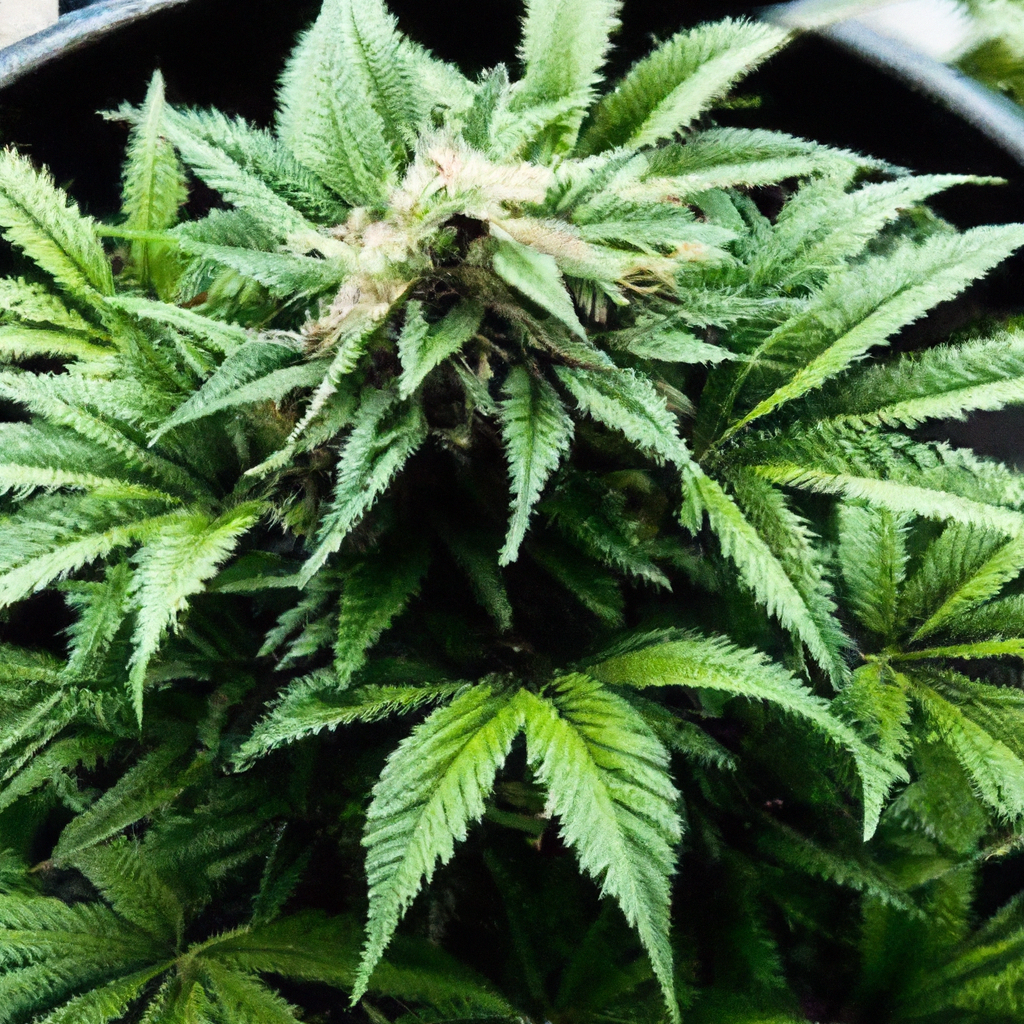Your cart is currently empty!
Container gardening for cannabis presents growers with an adaptable method that suits various environments, whether indoors or outdoors. It offers the flexibility to control the medium and nutrients, thus enhancing growth conditions. This article outlines practical tips and techniques to optimize your cannabis container gardening efforts.
Choosing the Right Container
Selecting the appropriate container is crucial for successful cannabis growth. Important factors to consider include:
- Size: Opt for containers that provide ample room for root expansion. A minimum of 3-gallon containers is recommended for small plants, while 5- to 10-gallon containers work best for larger plants.
- Material: Containers can be made from fabric, plastic, or ceramic. Fabric pots like Smart Pots encourage air pruning, while plastic containers are lightweight and retain water well.
- Drainage: Ensure containers have sufficient drainage to prevent waterlogging and root rot. This can be facilitated by containers with perforated holes.
Soil and Nutrient Management
The soil and nutrients you use significantly impact cannabis growth. Here’s how to optimize them:
- Soil Quality: Use a well-aerated, light soil mix enriched with organic matter. Add perlite to improve drainage and oxygenation.
- Nutrient Balance: Choose cannabis-specific fertilizers rich in nitrogen, phosphorus, and potassium. Maintain a regular feeding schedule for optimal absorption.
- pH Levels: Aim for a soil pH between 6.0 and 7.0 to facilitate nutrient uptake. Test your soil regularly and adjust accordingly.
Watering Techniques
Proper watering practices keep your cannabis plants hydrated and healthy:
- Consistency: Water the plants consistently to keep the soil moist but not soggy. Look for signs of underwatering like drooping leaves.
- Depth Check: Insert your finger into the topsoil. If it’s dry past the first inch, it’s time to water.
- Drainage Monitoring: Always ensure excess water is draining well to prevent waterlogging.
Environmental Controls
Monitoring and adjusting the growing environment is essential for container-grown cannabis:
- Light Exposure: Position containers in an area where plants receive adequate natural light or supplement with LED grow lights if indoors.
- Temperature and Humidity: Maintain temperatures between 70-85°F and a humidity level of 40-70% during growth.
- Mobility: One significant advantage of containers is mobility. Move plants as needed to optimize light exposure and environmental conditions.
Conclusion
Container gardening offers versatile and efficient means for cultivating healthy cannabis plants. By focusing on correct container choice, soil and nutrition management, effective watering practices, and environmental controls, you can cultivate vibrant plants and maximize your yield. Dive into container gardening today to explore a flexible and rewarding cannabis cultivation method.
Discover more from Magic Clones
Subscribe to get the latest posts sent to your email.


Leave a Reply